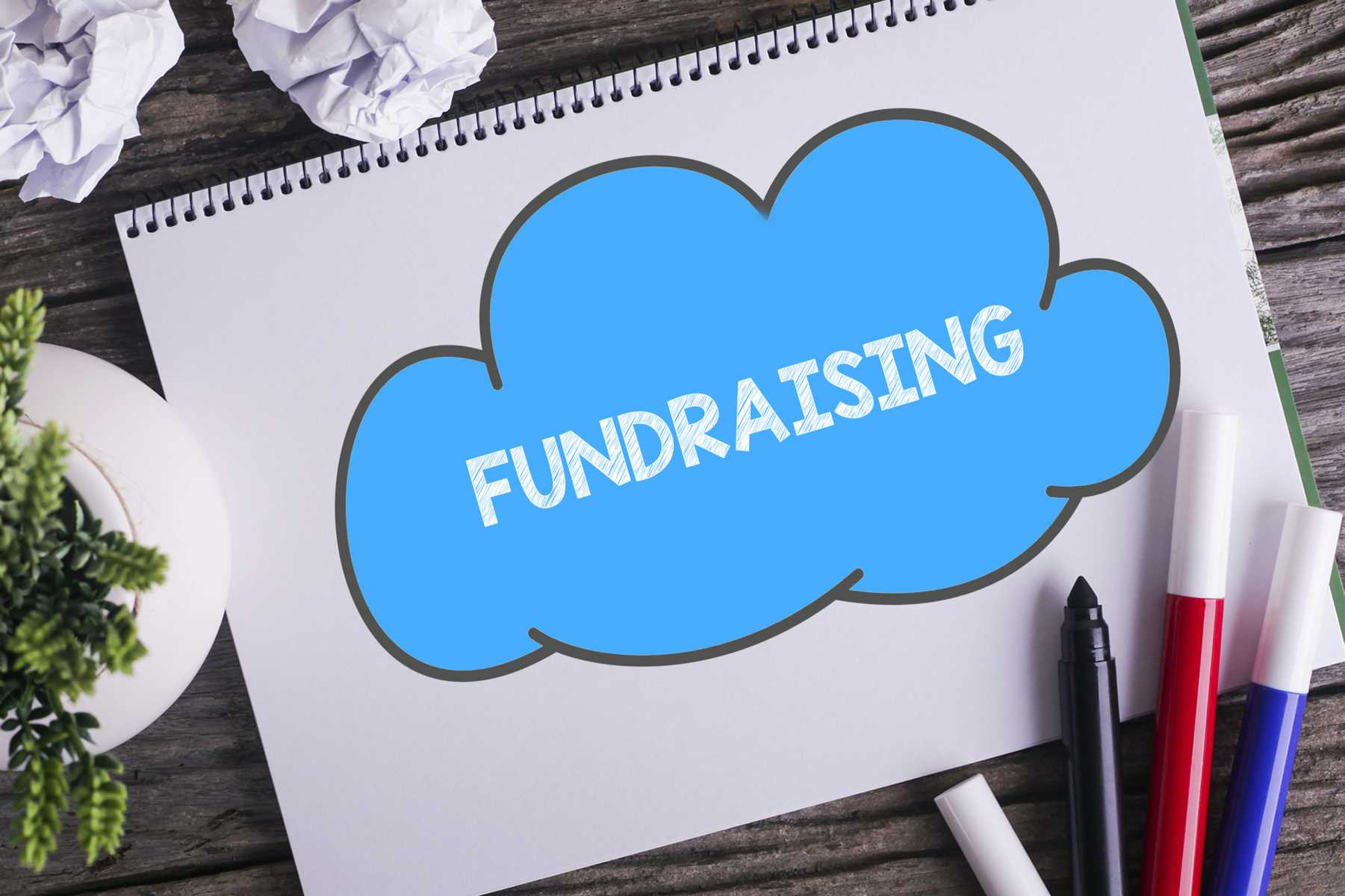Recognizing the Essential Components of Nonprofit Fundraising: Secret Practices for Enhancing Monetary Sustainability
Not-for-profit fundraising is a complex venture that requires a nuanced understanding of several vital elements to make certain economic sustainability. From strategic planning that straightens with mission-driven objectives to the growing of purposeful donor connections, each element plays a critical duty in the general success of fundraising initiatives.
Strategic Fundraising Planning
Strategic fundraising preparation is an essential part for any nonprofit company aiming to accomplish its objective properly. This process includes setting clear, measurable objectives that align with the organization's overall goals while considering the special needs of the area it serves. A well-structured fundraising plan not just recognizes potential profits resources but additionally outlines the methods and methods needed to involve those resources.

Additionally, leveraging information analytics can inform decision-making by providing understandings into donor habits and trends, permitting nonprofits to customize their fundraising methods appropriately. Regular testimonials and updates of the fundraising plan are essential to react to changing conditions and arising chances. Eventually, a comprehensive critical fundraising plan functions as a roadmap for nonprofits, promoting financial security and enabling them to meet their mission properly.
Building Benefactor Relationships
Building solid benefactor relationships is necessary for the lasting sustainability of any nonprofit company. These relationships are the foundation upon which successful fundraising efforts are developed, as they cultivate trust, loyalty, and interaction amongst fans. Nonprofits must prioritize cultivating significant links with their benefactors, recognizing that each interaction can dramatically impact their determination to contribute.
To successfully construct benefactor partnerships, companies should focus on tailored involvement strategies. This involves understanding the interests, motivations, and giving patterns of individual contributors, allowing customized interaction that resonates with them. Routine updates on organizational progress, program outcomes, and the impact of contributions reinforce the value of their support.
Moreover, sharing gratefulness is critical. Recognizing contributions quickly and truly not only enhances partnerships yet likewise encourages ongoing support. Occasions such as benefactor recognition events provide opportunities for individual connections and community structure.
Eventually, supporting benefactor partnerships transcends transactional interactions; it embodies a collaboration where benefactors really feel valued and important to the mission. By spending time and sources in relationship-building, nonprofits can enhance benefactor retention, boost life time offering, and ensure economic stability for their efforts.
Effective Interaction Techniques
Reliable communication strategies play a crucial function in reinforcing the solid donor connections that nonprofits strive to grow. Clear and consistent messaging is necessary for communicating the mission, vision, and influence of the useful site organization. Expressing the distinct worth proposition aids contributors recognize exactly how their payments make a tangible distinction.
Utilizing several interaction channels-- such as e-mails, social media, newsletters, and in-person occasions-- ensures that messages reach a varied target market - nonprofit agency. Customizing communication to different benefactor sectors can enhance interaction; as an example, major donors may value detailed reports on funding appropriations, while smaller donors may prefer concise updates highlighting key accomplishments
Narration is one more effective tool in nonprofit interaction. Sharing engaging stories about beneficiaries can evoke emotional actions and cultivate a deeper connection with the cause. Openness concerning financials and program end results builds count on, motivating benefactors to stay involved with time.
Involving the Community
Community engagement is crucial for nonprofits seeking to amplify their effect and cultivate a feeling of possession amongst regional stakeholders. Developing a robust connection with the community not only click boosts presence however likewise develops depend on, important for lasting fundraising initiatives. By proactively involving area participants in decision-making procedures, nonprofits can align their missions with the needs and aspirations of the populace they offer.
To properly involve the neighborhood, nonprofits must prioritize transparency and open interaction. Holding public online forums, workshops, and informative sessions enables significant dialogue, where stakeholders can articulate their opinions and contribute to the organization's vision. Additionally, teaming up with neighborhood services, schools, and public organizations can produce synergistic partnerships that take advantage of shared sources for better influence.
Another vital element of community involvement is acknowledging and celebrating neighborhood contributions. Recognizing contributors, volunteers, and supporters fosters a feeling of belonging and loyalty, motivating continued involvement. Furthermore, showcasing success tales and the tangible advantages of community support can inspire others to contribute.
Inevitably, positive area engagement cultivates a network of advocates that are invested in the nonprofit's mission, guaranteeing long-term support and improved economic sustainability.
Utilizing Innovation and Tools

One necessary device for nonprofits is a detailed contributor administration system. These systems allow organizations to maintain detailed records of benefactor interactions, preferences, and contributions, facilitating personalized interaction and interaction (nonprofit agency). Additionally, utilizing on-line fundraising systems allows nonprofits to reach a more comprehensive target market, making it simpler for supporters to add with various networks, consisting of social media and e-mail projects
Furthermore, using task administration tools can aid enhance internal procedures, guaranteeing that fundraising teams continue to be arranged and concentrated on their objectives. Automation software application can additionally simplify recurring tasks, such as sending out thank-you emails or reminders, releasing up staff time for even more calculated initiatives.
Final Thought
To conclude, the essential elements of not-for-profit fundraising include strategic preparation, solid donor partnerships, efficient interaction, community interaction, and the utilization of innovation. These elements jointly add to improving economic sustainability and resilience within nonprofit companies. By implementing finest techniques in these areas, nonprofits can better align their goals with their goal, thereby maximizing their influence and ensuring long-term feasibility in an affordable kind landscape. An extensive strategy is essential for cultivating enduring assistance and functional efficiency.
Furthermore, leveraging data analytics can notify decision-making by supplying insights into contributor behavior and trends, allowing nonprofits to tailor their fundraising methods as necessary.Structure strong contributor relationships is vital for the long-lasting sustainability of any nonprofit company.Effective communication techniques play a pivotal role in enhancing the solid contributor relationships that nonprofits strive to grow.One crucial device for nonprofits is a detailed contributor administration system.In conclusion, the crucial parts of nonprofit fundraising encompass strategic preparation, strong donor relationships, reliable communication, community involvement, and the use of technology.